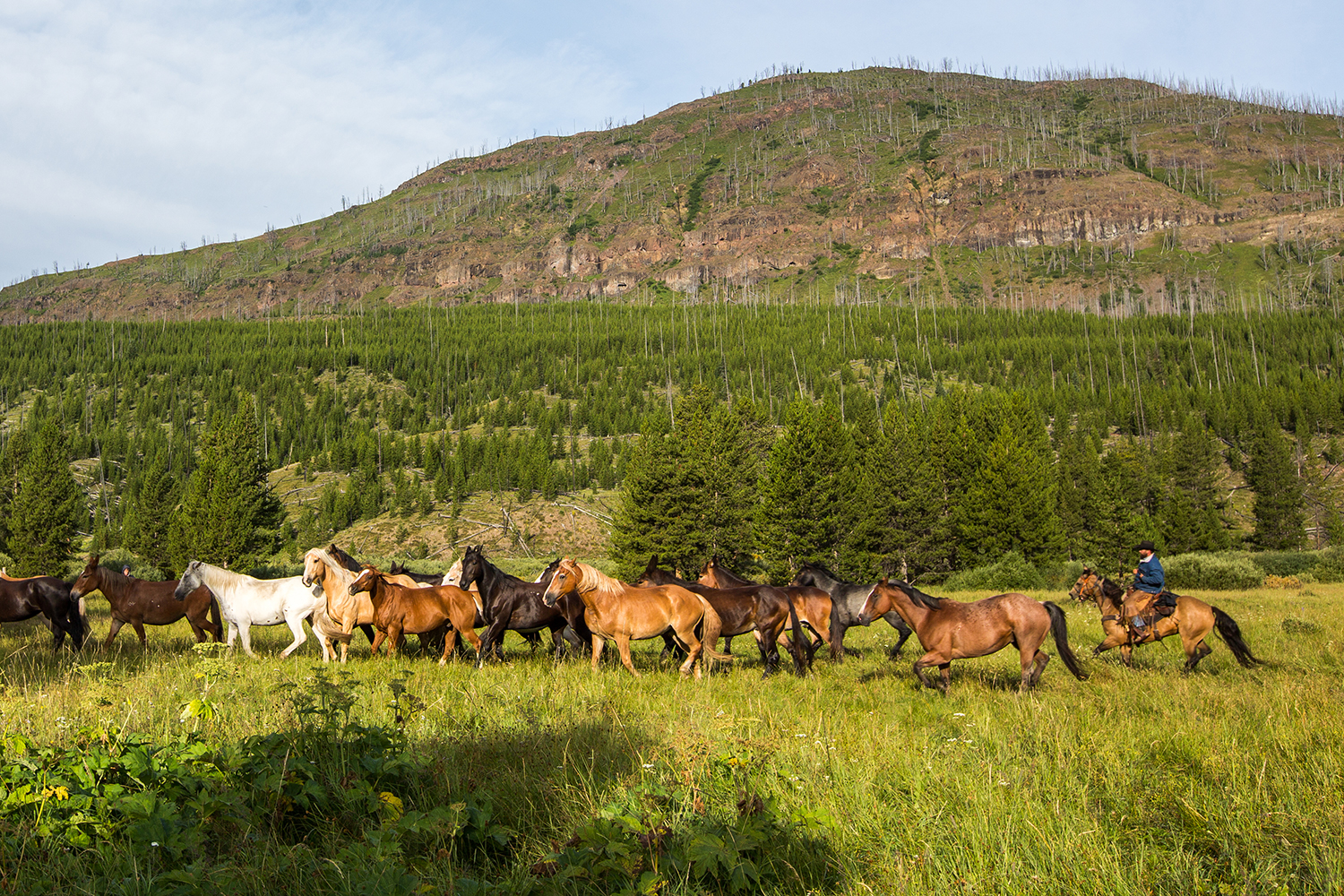I live with an overactive, big thinking mind that needs space and time to dream. It took me north of 30 years to figure this out. Once I understood, I began a quest to design my life around how my brain works.
Doing so changed everything.
I work remotely while I travel aggressively for two key reasons. First, like most solo consultants, adventure cures boredom and loneliness. Second, I tap my deepest well of creativity – the very source that feeds my soul and pays my bills – when I experience a change in scenery.
Drop me far outside of my comfort zone and that creative well flows abundantly.
In the midst of a recent creative dry spell, I became obsessed with Paramount TV’s “Yellowstone,” a soapy melodrama set in modern Montana. It’s dynamic characters, beautiful landscapes and deeply-considered musical selection meet my trifecta requirement for a TV binge, as I wrote about for Rolling Stone last year. (Season three premieres this Sunday, June 21.)
Given my own background exploring Texas and beyond on horseback, “Yellowstone” left me wondering if – or more specifically – how accurately it portrays the modern cowboy.
My friend and photographer, Knoxy Knox of Knox Photographics, who also needed a creative jumpstart for both brain and heart, joined me as we saddled up to find out.
Seek truth in fiction
Similar to its portrayal on TV, the Greater Yellowstone Ecosystem of Montana is not for sissies. It will build or break your spirit. There is no in between.
Our guides, the cowboys of Absaroka Beartooth Outfitters (ABO), were superheroes in chaps – the very cowboys whose unofficial job is to protect the wilderness.
Yes, they are hard on the outside. Yes, they are massively deep and quiet wells of big emotion. Yes, they reluctantly follow the rules at the same time they push them. Yes, there is comfort in solitude – but they still crave connection. Yes, they really do fly fish on horseback. Yes, they can fell a tree alone to clear a path. Yes, they can tame a harras of horses. Yes, they have a wide variety of musical tastes, often skewing away from country and toward heavy metal.

Yes, yes. All the yeses. There is literally nothing they cannot do, except perhaps identify the pretty flowers.
Other guided experiences boast experts in the picturesque elements. ABO relies on experts in wilderness survival. The only flowers they need to know are the ones that could kill or heal you. All others are inconsequential.
You can trust that. Speaking of which….
Re-learn how to trust
Our adventure was safe and relatively uneventful, but it wasn’t without heart-stopping moments, or accounts of “Revenant”-like courage in the face of Mother Nature’s worst temper tantrums.
We spent more than 30 hours on horseback in total, and few of those were on flat land. The rigor of our adventure required our surrender – to our cowboys, to our horses, and – perhaps most poignantly – to the fickleness of Mother Nature.
Navigating extreme terrain on horseback is done in solitude, even in a line of other people. Contrary to popular belief and my previous equine experience, my survival depended on my ability to NOT control the situation. It took a massive horse and a remote mountain to teach me what I’ve always struggled to accept:
Trust the expert.
There were two distinct moments when I counted my blessings with intention, took inventory of my life, and said grace over all things good and all things rued.
Because I was one horse’s misstep away from a steep plunge to death.
My horse knows his body, his hooves, his mountain. He can see the ground in a way I can’t. I had to trust that he knows where and how to step, what logs to jump, which ravines to traverse. When I stopped squeezing his lungs with my legs and I eased up on his reins, he relaxed and set forth confidently and safely.
If he was upright and alive, I was upright and alive.
(Please challenge me with a better metaphor for relationships and leadership. I’ll wait.)

Jumpstart your creativity
It’s one thing to unplug by taking a difficult afternoon hike within driving distance of your house. It’s another thing altogether to be stranded in the wilderness for a week without electricity or cell service.
Though the landscape was different, its vastness reminded me of the Texas that doesn’t *seem* to exist anymore – desolate, overwhelming, visually arresting, even deadly.
As Julia Ormond’s character in “Legends of the Fall” so succinctly explained during her first Montana trek, “This is so refreshing. All this grandeur. This unexpected gift from God.”
I dare anyone to sit on the edge of a cliff in the Montana wilderness and still feel important. It makes even the grandest of personalities feel entirely insignificant – a moment everyone should experience, if only once.
It was in these quiet moments of pre-pandemic isolation – on horseback, or standing on the edge of Iron Mountain – where we meditated without an intention of meditating. Our surroundings demanded our total attention for our own safety, and the beauty itself commanded our admiration.
Our minds were a blank slate and Montana left its imprint. We went for the experience, and left enlightened and educated, even confident in our own strength and ability.
If your creative spirit – or even your broken heart – need to be shocked back to life after staying safe at home, ditch the meditation app and get yourself to Montana. It will change your life, or at the very least, make you value your COVID-free life even more.
Photography by Knoxy Knox of Knox Photographics


